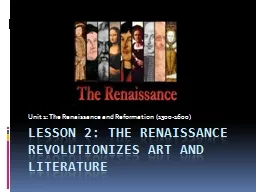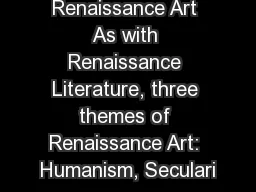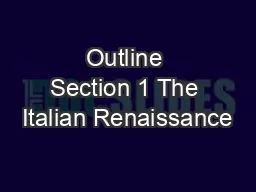PPT-The Art of the Italian Renaissance
Author : test | Published Date : 2018-11-01
Art and Patronage Italians were willing to spend a lot of money on art Art communicated social political and spiritual values Italian banking amp international trade
Presentation Embed Code
Download Presentation
Download Presentation The PPT/PDF document "The Art of the Italian Renaissance" is the property of its rightful owner. Permission is granted to download and print the materials on this website for personal, non-commercial use only, and to display it on your personal computer provided you do not modify the materials and that you retain all copyright notices contained in the materials. By downloading content from our website, you accept the terms of this agreement.
The Art of the Italian Renaissance: Transcript
Download Rules Of Document
"The Art of the Italian Renaissance"The content belongs to its owner. You may download and print it for personal use, without modification, and keep all copyright notices. By downloading, you agree to these terms.
Related Documents

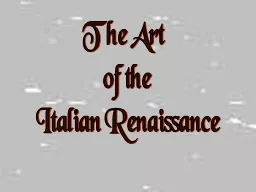

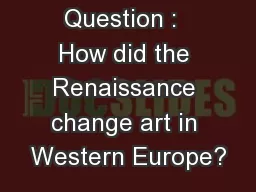
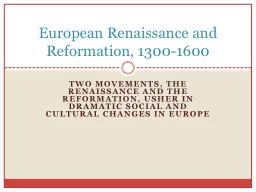
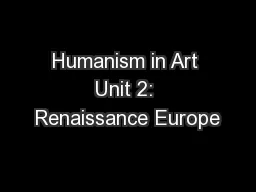
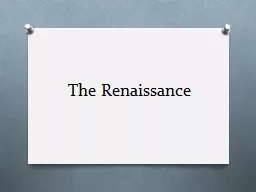
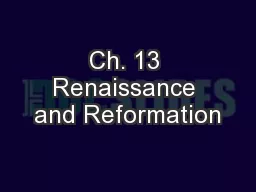
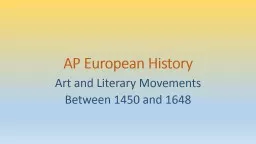
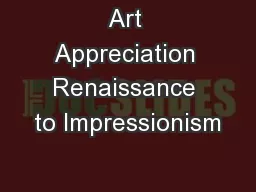
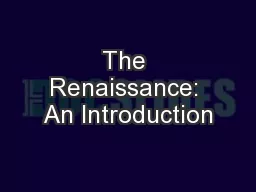
![Renaissance Italy http://www.kmkz.com/jonesj/gallery/renaissance italy[1].jpg](https://thumbs.docslides.com/717618/renaissance-italy-http-www-kmkz-com-jonesj-gallery-renaissance-italy-1-jpg.jpg)
